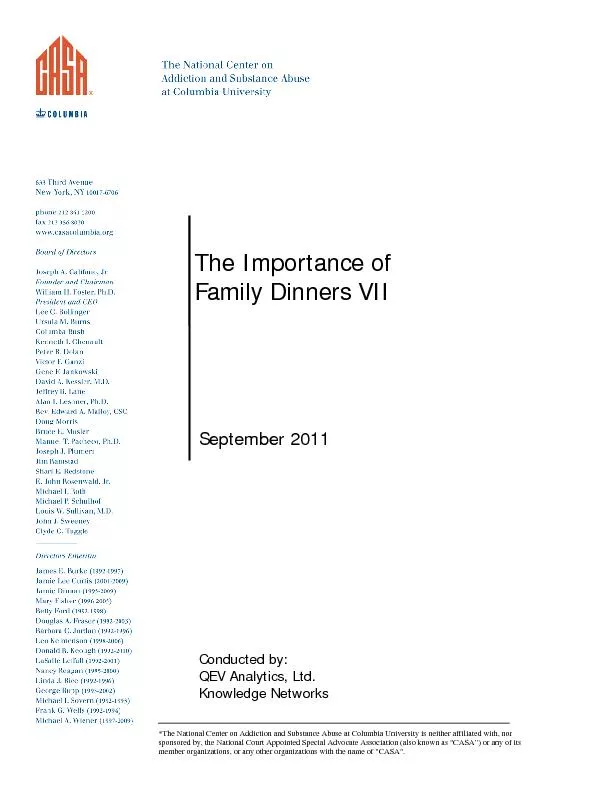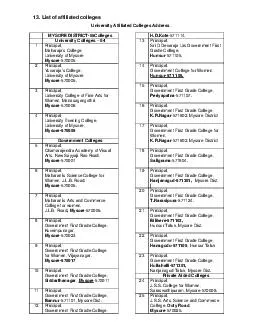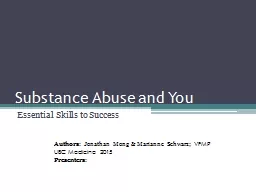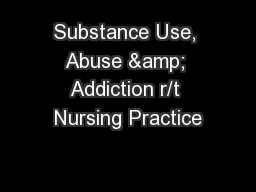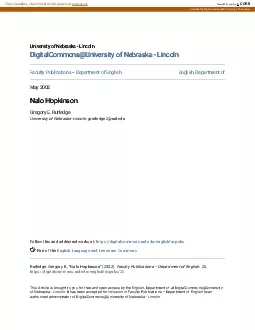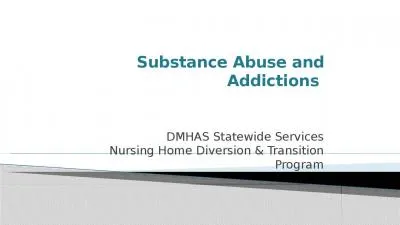PDF-ction and Substance Abuse at Columbia University is neither affiliated
Author : karlyn-bohler | Published Date : 2016-11-22
September 2011 Conducted by QEV Analytics Ltd Knowledge Networks Board of Directors Lee C Bollinger President Columbia University Ursula M Burns Chairman and CEO
Presentation Embed Code
Download Presentation
Download Presentation The PPT/PDF document "ction and Substance Abuse at Columbia Un..." is the property of its rightful owner. Permission is granted to download and print the materials on this website for personal, non-commercial use only, and to display it on your personal computer provided you do not modify the materials and that you retain all copyright notices contained in the materials. By downloading content from our website, you accept the terms of this agreement.
ction and Substance Abuse at Columbia University is neither affiliated: Transcript
Download Rules Of Document
"ction and Substance Abuse at Columbia University is neither affiliated"The content belongs to its owner. You may download and print it for personal use, without modification, and keep all copyright notices. By downloading, you agree to these terms.
Related Documents

